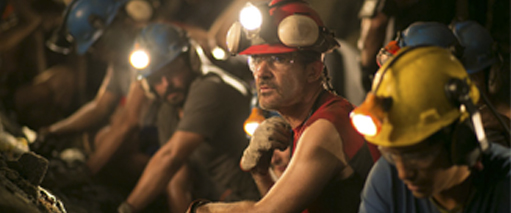Film Review: The 33
Real-Life Drama About Trapped Miners Can’t Dig Itself Out Of “Inspirational Biopic” Trap


it still beats working at Chipotle.”
Latest Article|September 3, 2020|Free
::Making Grown Men Cry Since 1992


it still beats working at Chipotle.”